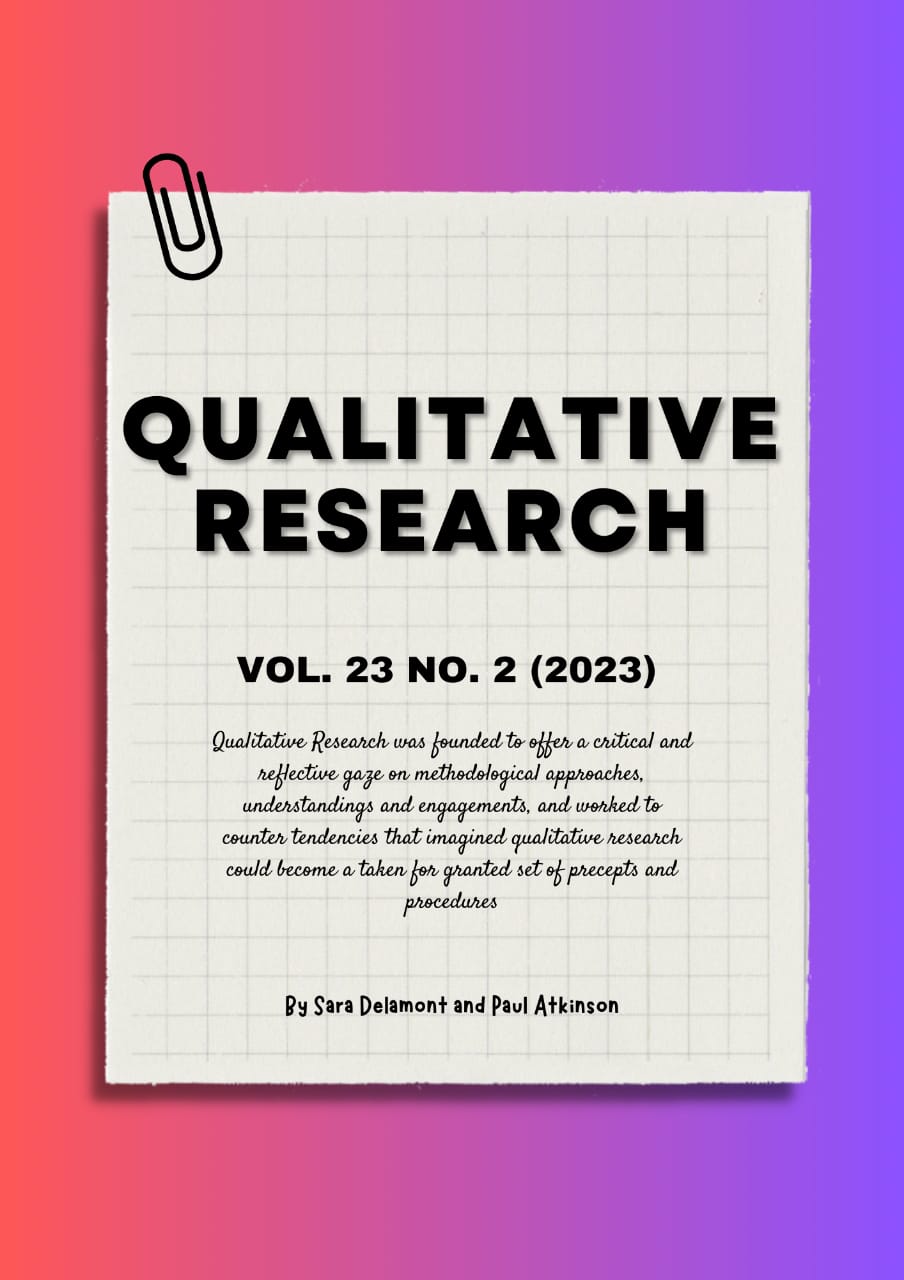Teaching Urdu to the Students with Hearing Impairment: Exploring Teachers’ Perspectives
Main Article Content
Abstract
This research article examines the strategies used by teachers to teach Urdu to children with hearing impairment, based on their perspectives. A quantitative and descriptive research design was employed, and data was collected from a sample of 150 teachers in Punjab, Pakistan. The findings reveal that teachers recognize the effectiveness of strategies such as sign language, visual aids, and a multisensory approach, as well as adapting the curriculum to meet the needs of these students. However, the use of technology received lower agreement levels, indicating the need for further exploration. The study also identifies challenges including limited resources, insufficient professional development, and inadequate support from the school environment. Addressing these challenges requires collaborative efforts among educators, policymakers, and stakeholders to provide resources, training, and support systems. Additionally, increasing awareness of the specific needs of children with hearing impairment and overcoming language barriers through training programs are crucial. The study concludes by recommending further exploration of technology integration, strengthening support systems, and promoting awareness and training to create inclusive learning environments that enhance communication and language development for children with hearing impairment in Urdu.
